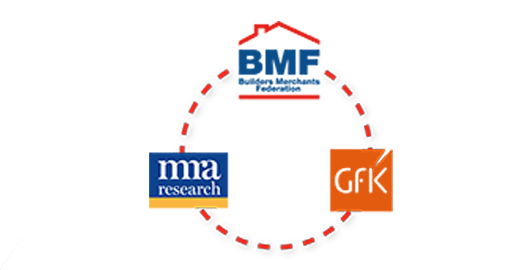Wienerberger Comment: Q2 2024
Reflecting on the second quarter of 2024, it is exciting to see the construction industry navigating a complex landscape with cautious optimism. The macroeconomic climate is showing improvement, with declining inflation rates and mortgage lenders starting to lower their rates. This is good news for homeowners and builders, hinting at a brighter future.
However, the latest data reveals challenges for the construction sector. The Construction Products Association (CPA, Summer 2024) projects total construction output to dip by 2.9% this year, a sharper decline than expected. This adjustment mainly results from setbacks in the recovery of private housing new builds and the repair, maintenance, and improvement (RM&I) sectors, both affected by high interest rates.
Additionally, the National House Building Council (NHBC) reports a 23% drop in new home registrations across the UK in Q2 compared to last year. While there has been some growth in completions quarter-on-quarter, they need to double to meet the government’s goal of 1.5 million new homes in the next five years. The challenge is significant, and the stakes are high.
Overall construction activity in Q2 declined by 13% compared to the previous quarter, yet it remained 13% higher than the same period last year, a notable improvement from the negative figures of 2023. The GfK Consumer Confidence Index also shows a modest uptick in sentiment. With the new government’s plans to accelerate housebuilding, forward planning and accurate forecasting are crucial. The Construction Leadership Council emphasises that manufacturers need adequate lead times to boost production and meet demand spikes. However, a persistent skills shortage poses a major challenge.
The UK Construction workforce fell again in Q2, according to the latest ONS data, reports Noble Francis, Economics Director of the CPA. In Q2, there were 2.04 million workers in construction, he says, 5.1% lower than a year ago, its lowest level since 2000 Q1. It was also 15.9% lower than 2019 Q1 and 21.0% lower than the peak in 2008 Q3, before the financial crisis. The key losses have been in self-employment and in the old-age demographic. The workforce is likely to take a long time to get back to 2019 levels.
With an aging workforce and a lack of skilled labour, the government’s plans for long-term growth and stability could face serious obstacles.



